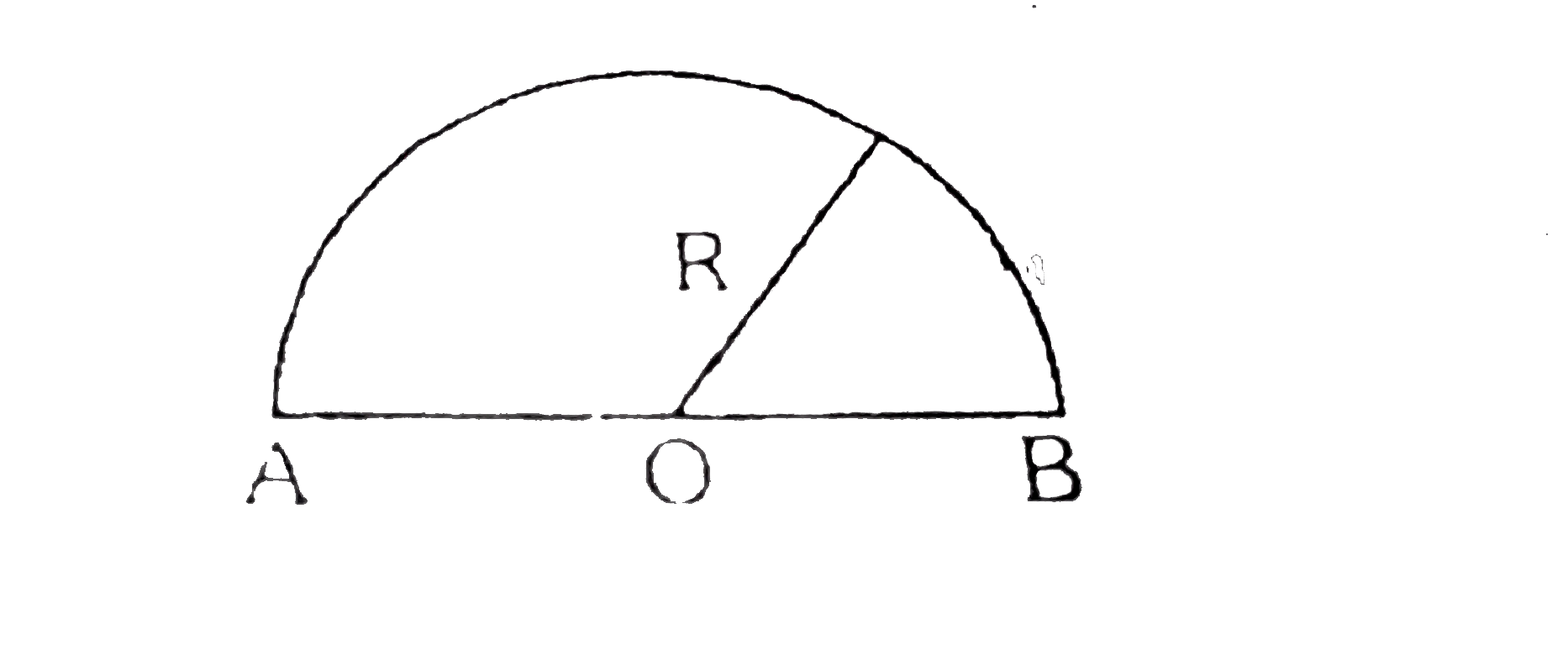An object has moved through some distance. Can its displacement be zero ?
Yes, when its fimal psition coicides with its initial position.
Topper's Solved these Questions
Similar Questions
Knowledge Check
- Question 1 - Select One
A particle is moving on a cicular path of radius 'R' . As it moves through an angular displacement θ, its linear displacement will be :
ARsinθB2Rcosθ/2C2Rsinθ/2DRcosθ - Question 2 - Select One
An object is placed at a distance of 40cm from a concave mirror of focal length 15cm. If the object is displaced through a distance of 20cm towards the mirror, the displacement of the image will be
A36cm towards the mirrorrB30cm away from the mirrorrC30cm towards the mirrorrD36cm away from the mirrorr - Question 3 - Select One
An object is placed at a distance of 40cm from a concave mirrorr of focal length 15cm. If the object is displaced through a distance of 20cm towards the mirrorr, the displacement of the image will be
A30 cm towards the mirrorB36 cm away from the mirrorC30 cm away the mirrorD36 cm towards the mirror
Under what conditions can a body travel a certain distance and yet its resultant displacement be zero ?
View SolutionCan distance be zero, even when displacement is not zero ?
View SolutionIf the distance covered is zero, the displacement:-
View SolutionIf a particle is executing SHM, with an amplitude A, the distance moved and the displacement of the body during its time period is
View SolutionDistance is a scalar quantity. Displacement is a vector quqntity. The magnitude of displacement is always less than or equal to distance. For a moving body displacement can be zero but distance cannot be zero. Same concept is applicable regarding velocity and speed. Acceleration is the rate of change of velocity. If acceleration is constant, then equations of kinematics are applicable for one dimensional motion under the gravity in which air resistance is considered, then the value of acceleration depends on the density of medium. Each motion is measured with respect of frame of reference. Relative velocity may be greater/ smaller to the individual velocities.
A particle moves from A to B. Then the ratio of distance to displacement is :-
 View Solution
View Solution

